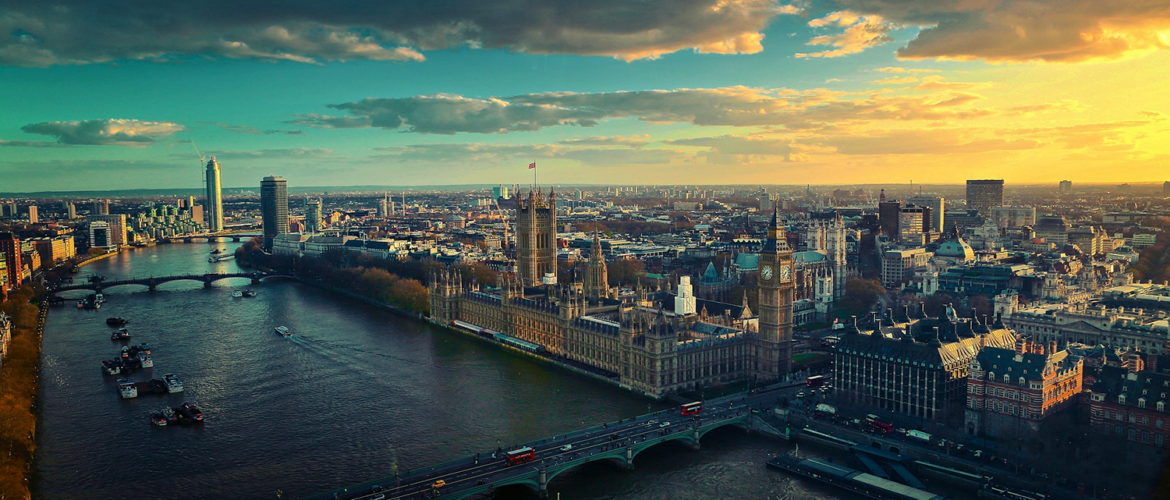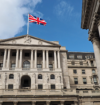Inflation in the Euro Area slowed to 2.2% in August, a drop from July’s 2.6% and marking the lowest level since July 2021. Prices edged up by 0.1% during the month, slightly higher than July’s flat growth, but still one of the smallest gains of the year.
- Services led the way in contributing to inflation, adding 1.88 percentage points (pp) to the annual rate.
- Food, alcohol, and tobacco followed, contributing 0.46 pp, while non-energy industrial goods added 0.11 pp.
- Energy was a deflationary force, subtracting 0.29 pp from the total.
Why it matters: With inflation cooling, the European Central Bank (ECB) may feel comfortable to continue cutting rates, providing some relief to businesses and consumers. However, inflation remains uneven across the region.
- Romania faces the highest inflation in the Euro Area, at 5.3%, followed by Belgium (4.3%) and Poland (4.0%).
- On the other end, inflation has almost disappeared in Lithuania (0.8%) and Latvia (0.9%), with Switzerland at just 1.0%.
Zoom out: While the Euro Area inflation rate is moderating, the United Kingdom’s annual inflation rate held steady at 2.2% for the second consecutive month. Prices there rose by 0.3% in August, following a 0.2% decline in July.
- Airfare increases were the biggest driver of the U.K.’s monthly inflation, while falling motor fuel and restaurant prices helped temper the overall rise.
Looking Ahead: The Bank of England is announcing its decision tomorrow on interest rates and while the topline number is holding at 2.2% core inflation remains elevated at 3.6% which could the committee a reason to hold rates after a cut at the last meeting.
The bottom line: The decline in inflation to multi-year lows is a positive signal for the Eurozone, but with varied inflation rates across countries, policymakers will need to navigate a complex landscape to keep inflation under control across the bloc.



